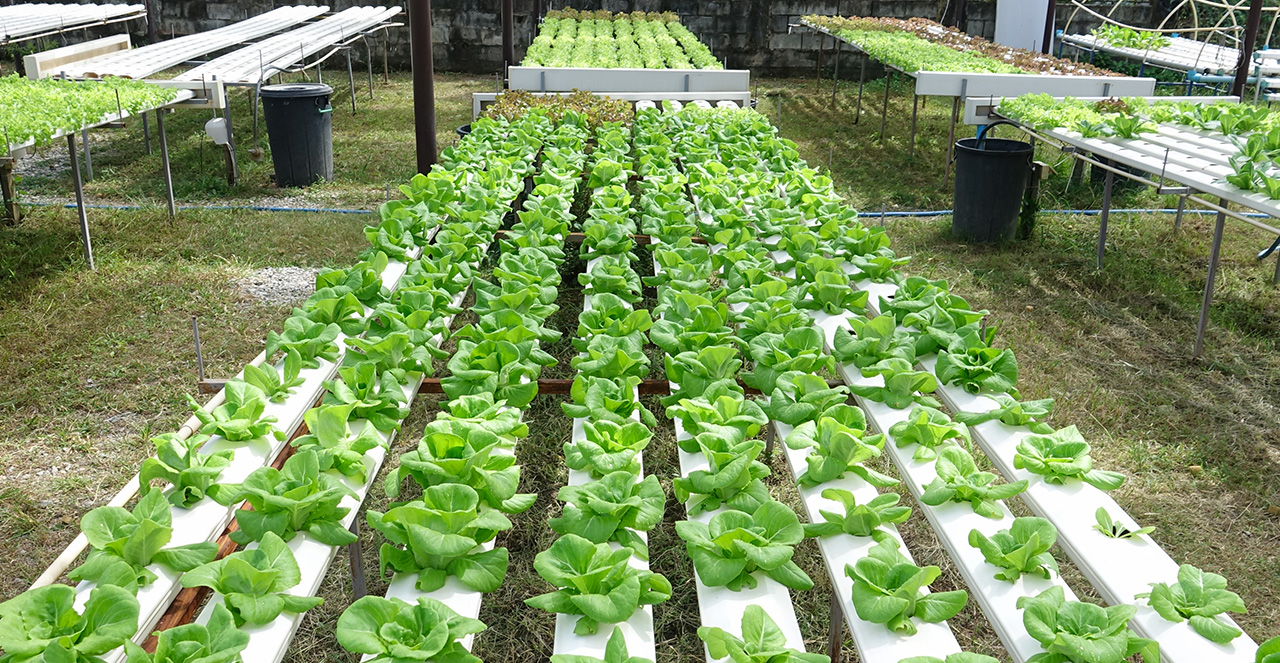Introduction
Hydroponics is a method of growing plants without soil using nutrient-rich water solutions to nourish the roots directly. This innovative agricultural technique has gained traction for its ability to produce food in urban setting and minimize water usage. By providing precise control over nutrient delivery, hydroponics enables farmers to cultivate a variety of crops year-round, regardless of climate or soil conditions. The hydroponics industry is experiencing great growth and cities around the globe are embracing hydroponics as a solution for areas where access to fresh fruits and vegetables is limited.
Given its potential, many regions should consider adopting hydroponics. Urban areas in particular stand to benefit very much from this method. By utilizing vertical farming techniques, cities can maximize limited space. Hydroponics also uses significantly less water compared to traditional agriculture, making it an attractive option in areas facing water scarcity. Despite its promise in revolutionizing food production, scaling hydroponics poses several challenges like –
High Initial Costs
One of the primary barriers to entry for hydroponics is the substantial initial investment required. Setting up a hydroponic system can be expensive with costs for equipment, nutrient solutions, and infrastructure quickly adding up. For many aspiring farmers especially in developing regions, securing funding for such projects can be a significant hurdle.
Technical Expertise
Hydroponics demands a higher level of technical knowledge compared to traditional farming. Farmers must be proficient in managing nutrient solutions and operating complex systems. This necessity for specialized skills can discourage potential new entrants.
Resource Availability
While hydroponics reduces the need for land and water, it still relies on certain inputs that may not be readily available or affordable in all regions. For example, the availability of quality seeds, nutrients, and technology can vary greatly, impacting the viability of hydroponic operations.
Dependence on Energy
Many hydroponic systems rely on electricity to operate pumps and lighting. This dependence on energy sources can lead to higher operational costs and vulnerability to energy price fluctuations. In regions with unreliable electricity supply, maintaining a consistent growing environment becomes even more challenging.
Conclusion
Hydroponics presents an exciting opportunity to reshape the future of agriculture particularly in urban areas where traditional farming is often impractical. While the industry is flourishing, scaling hydroponic systems comes with its own set of challenges. Addressing these issues through innovation, education, and supportive policies will be essential to unlocking the full potential of hydroponics. As we navigate these challenges, we move closer to a more sustainable food system.
Comments are closed.



